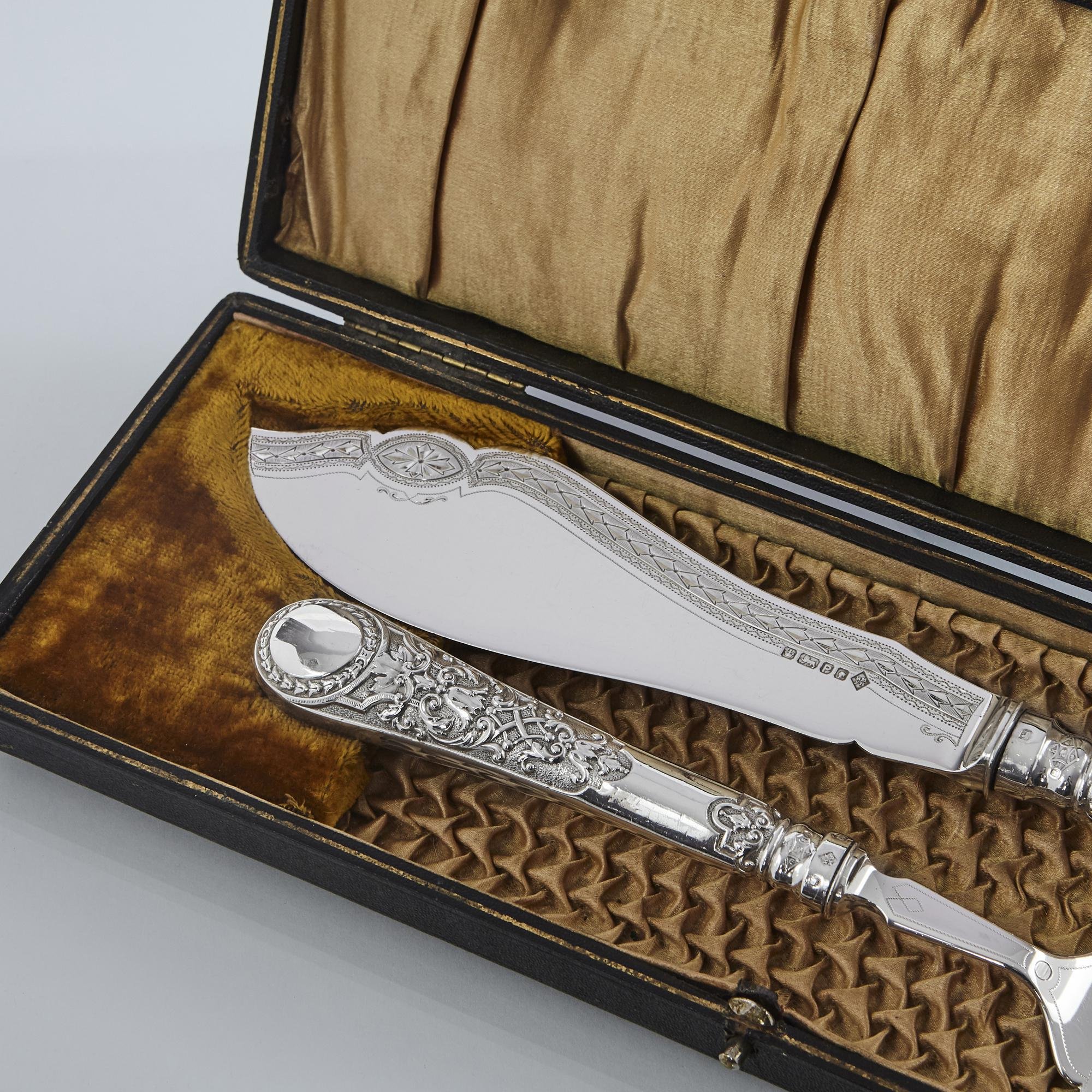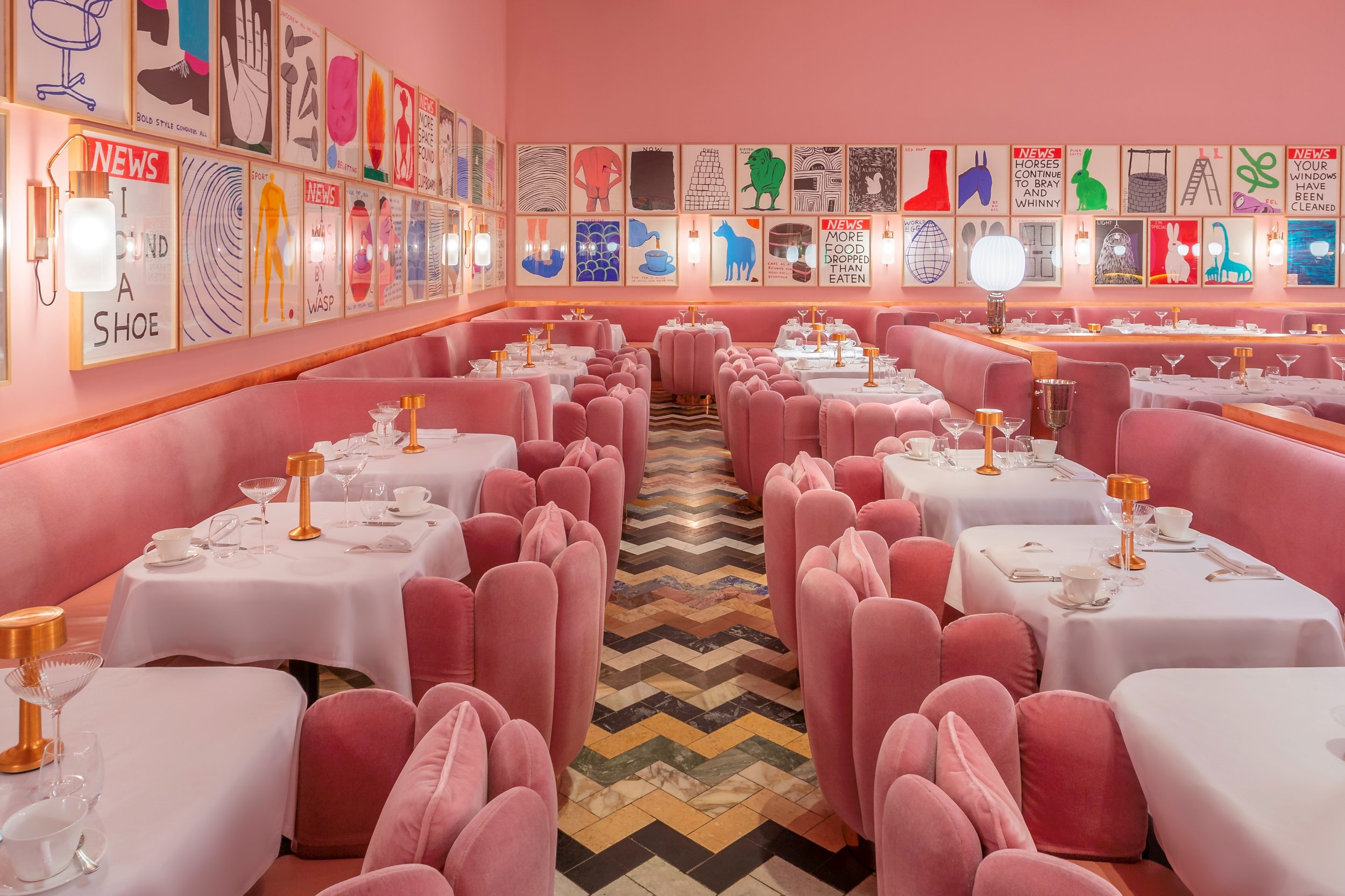School Days
29 July 2021
The artists of the Norwich and Bristol schools have gone up and down in popularity since the 1840s, but may be due a revival.
Huon Mallalieu
Huon Mallalieu is an historian who writes on art, antiques and collecting for The Times, Country Life and The Oldie. He is the author or editor of many books, including The Dictionary of British Watercolour Artists and 1066 and Rather More, a Walk through History. He is FSA and Hon RWS.
James Baker Pyne, ‘Figures Sketching Near the Avon Gorge, Bristol’, signed lower left: PYNE 33 , watercolour over pencil heightened with bodycolour, 20.3 x 28 cm.
Image courtesy of Guy Peppiatt Fine Art.
The Norwich Society of Artists held its first meeting in 1803, and its first exhibition took place two years later. In Bristol from about 1810 Edward Bird, the city’s first RA, invited amateur and professional artists to sketch and talk in his studio, and late in 1824 Bristol artists held their first exhibition at the new Literary and Philosophical Institution.
It might be thought that the Norwich and Bristol schools generated spontaneously without reference to each other, but that was not really the case. Both had connections to the London art world - inspiration was surely drawn from ‘The Brothers’, Girtin’s sketching club, of which John Sell Cotman, who joined the Norwich Society in 1806, had been a member - and furthermore, there were at least three direct connections between Norwich and Bristol.
Both cities could boast a painting by Samuel Colman; alas they were not only distinct, but unrelated. The East Anglian artists who were important to the Bristol School were Lavenham-born Nathan Cooper Branwhite (1775- 1857), Edward Villiers Rippingille (1790 - 1859) from King’s Lynn and the Rev. James Bulwer (1794 - 1879) from Aylsham. Branwhite, whose father had been a friend of Gainsborough, moved to Bristol around 1810, and became the school’s best portrait painter. His two sons and daughter, Rosa, were also artists, and the latter married William James Muller’s brother.
Samuel Jackson (1794-1869), ‘Evening: St Vincent’s Rocks and the Lime Kiln from below Old Hotwell House, on the Avon, Bristol’, watercolour over pencil heightened with gum arabic and scratching out, 24.7 x 35.5 cm.
Image courtesy of Karen Taylor Fine Art.
Rippingille exhibited with the Norwich Society in 1813, and arrived in Bristol in 1817. He was difficult, somewhat dissolute and a chancer, but he played an important role in launching the school, especially in its social aspects. Bulwer was a very talented amateur. He was a friend, patron and pupil of Cotman, and there is a large collection of his work at Norwich Castle. He may be considered a member of both schools, since between 1827 and 1833 he was curate of St Mary, Redcliffe, Bristol, and he was an enthusiastic participant in the group’s sketching parties in Leigh Woods. He frequently revisited after moving back to Norfolk. Perhaps through his influence Norwich works were included in the 1832 opening exhibition of the Bristol Society of Artists.
James Baker Pyne (1800–1870), 'Bristol Riots: The Burning of Lawford's Gate Prison'.
Image courtesy of Guy Peppiatt Fine Art.
There were slums in both cities, but also considerable prosperity, and there were enthusiastic patrons for local artists. The Norwich professionals, headed by John Crome and his brother-in-law Robert Ladbrooke, joined by Cotman, were keen for amateurs to exhibit, which encouraged existing pupils and attracted more. This model was followed in Bristol, where the professionals were headed by Francis Danby (1793 - 1861), an Irishman who lived there for ten years from 1813, and the native Samuel Jackson (1794 - 1869). For a while Bird’s influence continued by way of a pupil, another clergyman amateur, John Eagles (1783 - 1855), but Danby became the dominant force, with a poetic, Turneresque style in contrast to the Dutch-derived landscapes and coastal scenes of Norwich. His professional pupils and associates included James Johnson, Samuel and James Jackson, Evans ‘of Bristol’ and J.B.Pyne who passed the tradition on to a further generation, notably William James Muller, Bristol’s most famous artist, and the Fripp brothers. Several could turn their hands to tougher material than views of the peaceful Avon Gorge or sketches in Leigh Woods, as they proved during the 1831 Bristol riots.
In Norwich Crome and Cotman were perhaps too effective teachers for the good of their reputations. Today, the best regarded among their colleagues tend to be those who distanced themselves to some extent. Among them were John Thirtle, Cotman’s brother-in-law and after him the best watercolourist of the school, the Stannard flower painting family, and later John Middleton and yet another clergyman, E.T.Daniell, a remarkable sketcher.
The heyday of both schools was past by 1840, and their reputations have waxed and waned. In the later half of the 20th century they were championed by three remarkable curators, Miklos Rajnai with Marjorie Allthorpe-Guyton at Norwich, and Francis Greenacre at Bristol. Although an important Cotman will always have an enthusiastic market welcome, elsewhere things have been quiet lately, but we may be in for a revival. A major exhibition devoted to Crome is at Norwich Castle until September 5. In London it will be Bristol’s turn with Guy Peppiatt’s selling exhibition from September 27 to October 8. He will have 16 works by Muller, with Danby Samuel Jackson, Pyne, Eagles and others well represented. The catalogue introduction is by Francis Greenacre. Another dealer who often handles Norwich and Bristol works is Karen Taylor.
Two Mullers appeared in Sotheby’s July sale of the Fry Collection. One was an impressive watercolour of A seated Man; Asia Minor, at £5,292. The other, a pencil drawing of three artists at work in Muller’s London studio, which reached £1,134. How satisfying it would be to identify them. Distinctly cheaper than a week in a Cornish farmhouse (if you could get one) - and the pleasure should last much longer!







